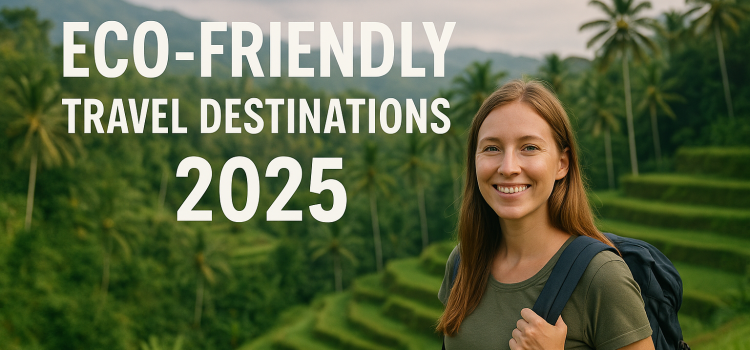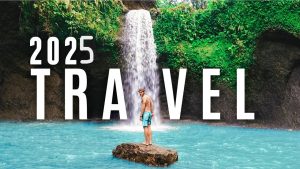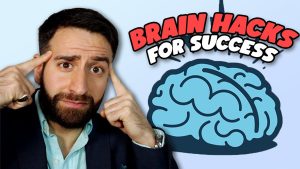
Introduction
Searching for information online can feel like finding a needle in a haystack. With billions of web pages and articles, people face information overload. It takes hours to read long reports and sift through details. This makes research slow and tiring. However, AI summaries now reshape online research by turning long articles into concise insights. These summaries let users grasp key points in seconds. In 2025, AI-generated summaries are common tools for students, professionals, and curious minds alike.
In this article, you will learn what AI summaries are, how they work, and why they matter. We will cover the benefits of using AI tools to streamline research. You will also find practical tips for using AI summaries effectively and learn about possible challenges. A comparison table will show how AI summaries stack up against manual methods. By the end, you will see how content summarization saves you time and boosts research efficiency.
What Are AI Summaries?

AI summaries use artificial human intelligence to extract key points from text. AI algorithms analyze an article’s structure and language. They identify main ideas, supporting facts, and conclusions. Then, they generate a short version that captures the essence of the original text. This process is known as content summarization.
Early text summarization tools followed simple rules. They picked sentences with frequent terms to create a summary. Modern AI systems use deep machine learning to understand context and meaning. AI models like GPT and BERT learn from vast amounts of data sets. They grasp nuances and can create human-like summaries.
These AI-generated summaries appear in various forms. Some tools offer bullet points. Others produce short paragraphs that flow like a mini-article. Many services let you paste summarize text or PDF links. Within seconds, you get a summary you can read or copy. This saves time compared to reading the full piece.
How AI Summaries Improve Online Research

Using AI to summarize content can transform online research in several ways:
1. Speed and Time Savings
Reading a 3,000-word report can take 15–20 minutes. An AI summary reduces that to a few hundred words. In seconds, you see the main points. This speeds up research, letting you read more sources in less time. With time-saving research, you grasp key facts quickly and move on to other tasks.
2. Better Focus on Relevance
When browsing search results, you often open multiple articles. Many studies, news stories, or blog posts turn out to be irrelevant. AI-generated summaries show core ideas before you click. You can decide if a source is worth your time. This cuts out wasted clicks and keeps you focused on what matters.
3. Enhanced Comprehension
Complex topics often use technical language or advanced concepts. AI summaries distill these into plain terms. This makes research more accessible, especially for beginners. You get a clear overview before diving deeper. Improved comprehension helps students learn faster and professionals make informed decisions.
4. Improved Retention
People remember key points better when they read concise summaries. Long articles can bury important details. With AI summaries, you see critical facts all at once. This aids memory and helps you recall information later. It also makes note-taking simpler because you capture essentials in fewer sentences.
5. Access to Multiple Formats
Some AI tools can summarize web pages, PDFs, podcasts, or videos. This broadens the range of sources you can use. For example, you can summarize a webinar transcript or a research paper PDF. This flexibility makes online research richer and more diverse.
Tips for Using AI Summaries Effectively

While AI tools are powerful, they work best when used correctly. Follow these tips to maximize their benefits of AI:
1. Verify Key Facts
AI can sometimes miss nuances or misinterpret data. Always cross-check critical facts from the original source. Use the summary as a guide, but not the final authority. This prevents spreading misinformation.
2. Combine Multiple Sources
Summaries give you an overview of one document. For deeper insight, summarize several related articles and compare them. This method helps you see diverse perspectives and avoid biases.
3. Use Clear Prompts
When using advanced AI chatbots or summary tools, frame clear prompts. For instance, ask “Summarize key findings about climate change from this report.” A specific prompt leads to more accurate summaries than a vague request.
4. Adjust Summary Length
Choose a summary length that fits your needs. If you need a quick gist, a 100-word summary is enough. For deeper understanding, use a 300–400-word summary. Many tools allow you to set word limits or choose “concise” versus “detailed” modes.
5. Use AI as Part of Research Workflow
Integrate leveraging AI tools into your daily research flow. For example, bookmark a summarizer extension on your browser. Summarize articles as you find them. Store summaries in a note-taking app sorted by topic. This way, your research stays organized and accessible.
Comparative Table: AI Summaries vs. Manual Summaries
| Feature | AI Summaries | Manual Summaries |
|---|---|---|
| Speed | Seconds to summarize | Minutes to hours |
| Consistency | High, uniform style | Varies by individual skill |
| Cost | Low subscription or free tier | Time-consuming, potentially costly |
| Depth of Insight | Covers main points, may miss nuance | Can capture nuance and tone |
| Scalability | Summarize many documents quickly | Harder to scale, time and labor |
| Bias Risk | Learns biases from training data | Low, depends on human judgment |
| Required Skill Level | Low, user-friendly interface | High, needs strong reading skills |
| Ideal Use Case | Quick overview, trend analysis | In-depth data analysis, academic work |
Conclusion
In 2025, AI summaries redefine how we handle online research. These tools save time, reduce information overload, and boost research efficiency. With AI-generated summaries, you can quickly grasp the core of long articles, spot key facts, and decide which sources to read fully. For beginners, AI driven summaries make real-time research less daunting. Experts gain a faster way to track trends across many documents. However, generative AI tools work are not perfect. They may miss nuances or carry biases. Always verify critical facts and review original texts for context. Combine multiple sources and human judgment to ensure accuracy. When used wisely, content summarization becomes a powerful ally in your research toolbox.


























































